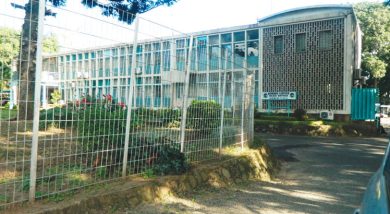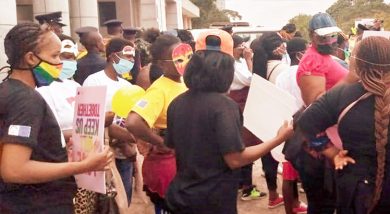Malawi’s income growth puzzle
World Bank latest data shows that Malawians’ individual incomes have doubled to $634.8 (about K657 653) in the five years up to 2021.
But for Enigechi Dayi, who trekked from Nsanje to Blantyre in 2019, her incomes have in fact worsened.
Dayi’s situaiton resonates with the more than 10 million Malawians who the
same World Bank data says have remained poor even as average per capita income has risen sharply, suggesting economic inequalities that aid organisations such as Oxfam say are deepening in Malawi.
“My life has been miserable over the past years. I got a job as a shop attendant in 2019, but I was fired in October last year. I am failing to make ends meet and I am destitute,” said Dayi.

At 11:12 am yesterday, she had not yet eaten anything and was hoping that well-wishers could come to her rescue.
Despite an improvement in GDP per capita, the World Bank figures further show that between the same period, the poverty gap at 17 percent and poverty severity at 7.6 percent, which consider the extent to which individuals fall below the poverty line and the inequality among poor households, respectively, has remained unchanged.
A report jointly published last year by Oxfam, Development Finance International and Norwegian Church Aid titled: ‘The Crisis of Extreme Inequality in Southern African Development Community: Fighting Austerity and the Covid-19 Pandemic’ showed that the top one percent of the wealthy in Malawi earns more than 25 percent of the national income.
According to the report, Malawi’s Gini coefficient, which measures the extent of distribution of income, stood at 0.45 while the Palma ratio, which compares the incomes of the top 10 percent and bottom 40 percent, is at 2.35 percent.
Speaking in an interview yesterday, Oxfam Malawi country director Lingalireni Mihowa said that at a time
Malawi seems to be doing well in terms of economic outlook, the situation doesn’t have a dent on poverty.
She said this is due to overreliance on agriculture, which contributes close to a quarter of the country’s GDP and employs about 64 percent of the labour force with more than 80 percent of the country’s population relying on rain-fed smallholder agriculture for food.
Mihowa said the economic challenges being experienced could as well worsen the situation, as in times such as these, those in the informal sector are hit the worst.
She said: “Government has tried in terms of expanding social protection programmes, but more needs to be done in the longer-term if we are to reverse the trend.
“Malawi needs to transform the agriculture sector, diversify the input subsidy programmes to produce more returns and diversify the economy by allocating right policies to drive other sectors like tourism and mining.”
Economic Association of Malawi president Frank Chikuta said in an interview investing in programmes that target the poor and providing social security safety nets could protect the most vulnerable from the prevailing economic challenges.
The Malawi 2063 projects that if the economy grows at an annual average rate of six percent, the country could attain the low-middle-income status by 2030, with a per capita income of between $1 006 (K1.04 million) and $3 955 (about K4.09 million).





